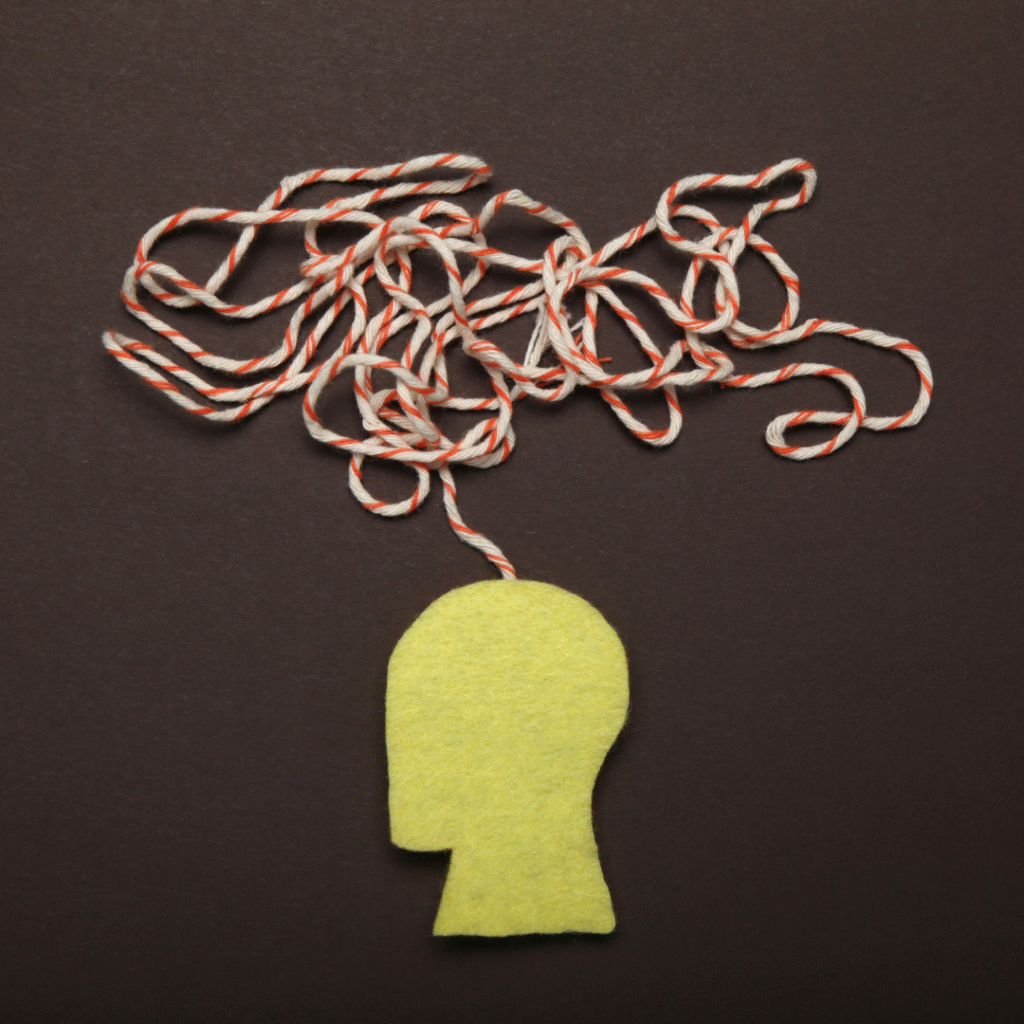At the Nurture Programme Trauma Conference, October 2025, I shared my talk Hidden Health: How Unrecognised Needs Add to Trauma. One of the areas I explored was how easily young people’s health conditions are overlooked or misunderstood. For many children and young people, health needs are only just being investigated, newly diagnosed, or still without clear treatment plans.
In those uncertain stages, the young person is often navigating daily life with symptoms that others can’t see or don’t understand. Sadly, instead of receiving understanding and support, they are too often given judging labels. These labels don’t just miss the reality, they can cause deep harm. They chip away at confidence, reinforce exclusion from school or peer groups, and add to the trauma the young person is already carrying.
From my ongoing conversations with parents and carers, and from what I’ve witnessed directly in young people’s experiences, it’s clear that what looks like “behaviour” is often a signal of hidden health needs.

Image from Canva, by Andrii Zastrozhnov from Getty Images
You may also be interested in my other blogs “What is Diagnostic Overshadowing and Why Does it Matter”, “Received a New Medical Diagnosis? A Beginning List of Questions to Ask Your Care Provider” and “Is Your Young Person Starting a New Medication? A List of Question to Ask Your Care Provider”
Judging Labels vs Possible Hidden Health Explanations
- Lazy → exhausted from poor sleep, pain, chronic fatigue, or low energy from medical issues.
- Not trying hard enough → cognitive fatigue, undiagnosed learning differences, medication side effects.
- Not living up to potential → struggling with executive functioning, undiagnosed condition, burnout.
- Defiant / oppositional → anxiety, sensory overwhelm, fear of embarrassment (e.g. toileting accidents).
- Unmotivated → depression, nutritional deficiencies, undiagnosed ADHD or thyroid issues.
- Attention seeking → communicating distress, needing reassurance, managing pain or discomfort.
- Disruptive → pain, untreated hearing/vision issues, or difficulty sitting still due to discomfort.
- Forgetful / careless → memory difficulties, seizure activity, medication side effects, ADHD.
- Withdrawn → social anxiety, chronic pain, low energy, or gastrointestinal distress.
- Moody / overemotional → hormonal imbalance, trauma, sensory regulation difficulties.
- Messy / disorganised → executive functioning challenges, undiagnosed neurodivergence, fatigue.
- Poor hygiene → difficulties with motor skills, toileting issues, depression, chronic illness.
- Doesn’t listen → hearing difficulties, auditory processing differences, extreme fatigue.
- Always late → fatigue, needing extra time for toileting or mobility challenges.
- Clumsy / careless → balance/coordination differences, untreated vision issues, hypermobility.
- Unreliable → flare-ups of hidden conditions, migraines, digestive issues.
- Manipulative → survival strategy in unsafe-feeling environments, misunderstood communication.
Why This Matters
When adults use judging labels, it doesn’t just misinterpret what’s happening, it shuts down curiosity and compassion. A young person who is called “lazy” or “disruptive” stops being seen as someone who might be struggling with pain, fatigue, or hidden symptoms. Their health needs remain unrecognised, and the shame of being judged piles onto their trauma.
Instead, we need to be asking “What else might be going on here?”. This way we can we show young people that their struggles are real and worthy of support.
Thank you for being here,

Laura Hellfeld
RN, MSN, PHN, CNL
Connect with me on social media
LinkedIn, Instagram, Facebook and BlueSky
Disclaimer: The information shared in this blog is for informational purposes only and is not intended to replace medical advice, diagnosis, or treatment. Please consult a licensed healthcare provider for personalised support and care tailored to your specific needs.
Signposting and Resources
Last modified: 20 October 2025

